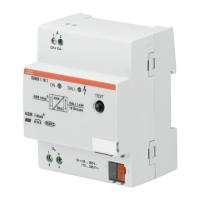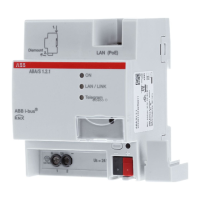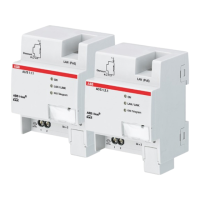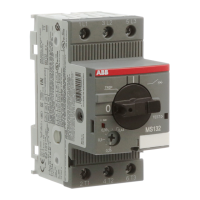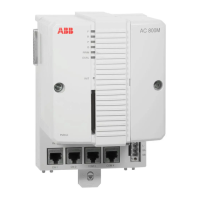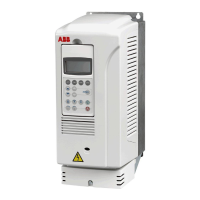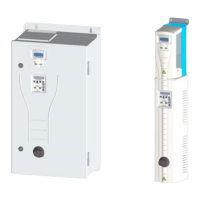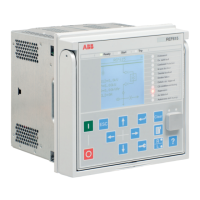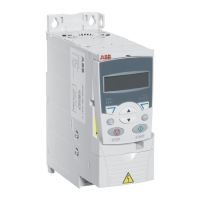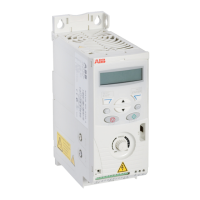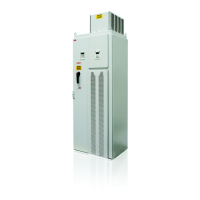139
11.6 Application "General functions"
Up to five channels can be activated for the use of the applications described in this section.
11.6.1 Channel x - Application
Options: Inactive
Cyclic telegrams
Priority
Logic gate
Gate
Staircase lighting
Delay
Min/max value transducer
Light scene actuator
■
Inactive:
– The application is not active. No parameters are available.
■
Cyclic telegrams:
– After the receipt of a telegram on object "GFx: input", a telegram with the same content
is sent cyclic via object "GFx: output". Additional information, See “Application - Cyclic
telegrams“ on page 141.
■
Priority:
– The telegrams received via communication object "GFx: switch input" are transferred to
object "GFx: output" depending on the state of the "GFx: input priority" object. Additional
information, See “Application - Priority“ on page 146.
■
Logic gate:
– The application is used to specify the logic gate the communication objects "GFx: input
1","GFx: input 2" and "GFx: output" are to be linked with. Additional information, See
“Application - Logic gate“ on page 147.
■
Gate:
– The application can be used to filter certain signals and to block the flow of signals
temporarily. Additional information, See “Application - Gate“ on page 153.
■
Staircase lighting:
– The application can be used to supply switching telegrams or value telegrams with a
switch-off delay. Additional information, See “Application - Staircase lighting“ on page
159.
■
Delay:
– Telegrams can be received via the "GFx: input" object with the application. Additional
information, See “Application - Delay“ on page 163.
■
Min/max value transducer:
– Up to eight input values can be compared with each other with the application.
Additional information, See “Application - Min/max value transducer“ on page 169.
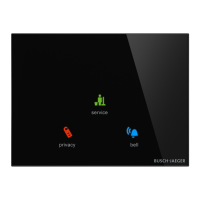
